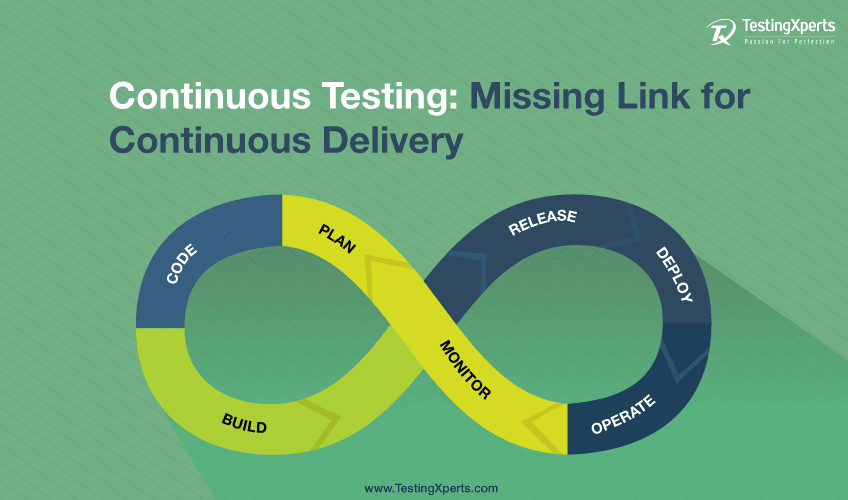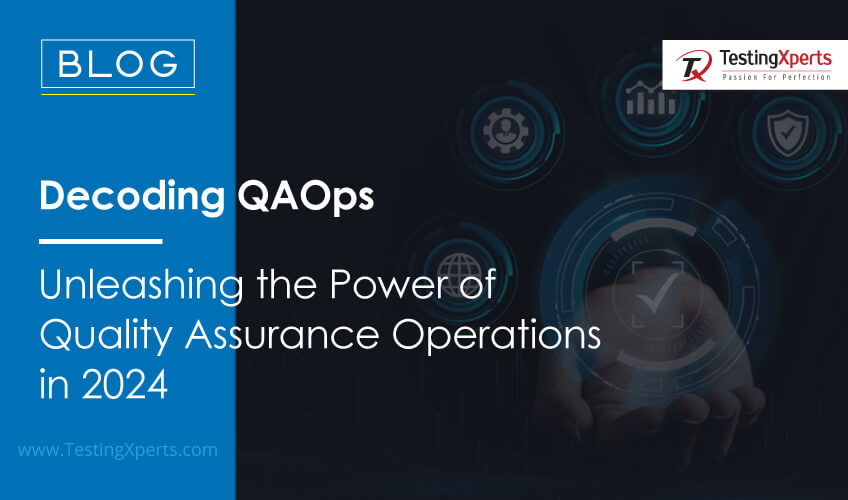
The initiation of DevOps infrastructure and agile development process has accelerated development build-test-deploy cycle from days to hours to minutes. This process has given birth to continuous testing and validation. Continuous testing refers to the exercise of beginning testing alongside development, shortening test cycles, to emphasize more on prevention of the problem instead of detection.
1. What is Continuous Testing in DevOps?
2. Continuous Testing Elements
3. Conclusion
4. Read more blogs on Continuous Testing
What is Continuous Testing in DevOps?
In order to achieve continuous testing, it is essential to automate every small activity in the process. Continuous testing typically means that you do not need to compromise. You can automate your testing and integrate it into building the process as soon as possible.
Extensive continuous testing plays a key role in DevOps success. It is the prime reason that organizations are focusing on automating their build, delivery, and integration processes but still having trouble with test planning and automation. In this article, we will discuss the essential elements needed for continuous testing and how continuous testing can help speed up the software delivery process.
In order to accelerate the software delivery process, an organization should re-evaluate their current testing practices. Organizations must consider the re-engineering software quality process as they jump to transform into continuous testing.
Continuous Testing Elements:
1. Automated Testing: There are multiple applications on which complex systems are built, and all these applications tend to exchange information via different platforms. Considering manual testing for these applications can slow down the process considerably. To prevent delay, testing with functional automation can help alleviate the challenges associated with testing the integrated applications in the complex system.
2. Service Virtualization: Organizations can leverage service virtualization and continuously validate changes to bring higher quality products to market rapidly at a lower cost.
3. Risk Assessment: Organizations can assess the project risk upfront and measure whether they have done enough testing before going into production. Some points that can be considered during the risk assessment process are technical debt, business-related risks, and coverage.
4. Shift-Left: Organizations tend to implement automated test suites via a user interface as soon as the application is deployed. This approach can result in a delay in discovering defects, adding risk to the overall project. Focusing on shift-left quality practices can help in identifying problems early.
5. Test Optimization: Making the necessary cultural changes i.e. following the DevOps approach rather than the old traditional methods and processes can help in accelerating the delivery process. Continuous testing cannot just be possible by just automating Integration, Unit, Functional, Component, Security, and Performance testing activities. A constant workflow needs to be created with the associated processes and policies in order to achieve test optimization early.
Continuous testing enables flawless continuity in the delivery cycle if implemented diligently. In order to accelerate the continuous delivery process, it is important to integrate a fully automated continuous testing process into the software development lifecycle (SDLC). Organizations are dealing with tight deadlines and continuously changing demands from an informed customer section. TestingXperts, as a frontrunner in adopting the agile methodologies and DevOps practices, can help you in your automating your tests, achieving timely delivery schedules, and strengthening your agile process.
Read more blogs on Continuous Testing:
1. Enable Continuous Testing with Shift Left and Shift Right Approach
2. 4 Best Practices of Continuous Testing You Must know
Discover more
Get in Touch
Stay Updated
Subscribe for more info





